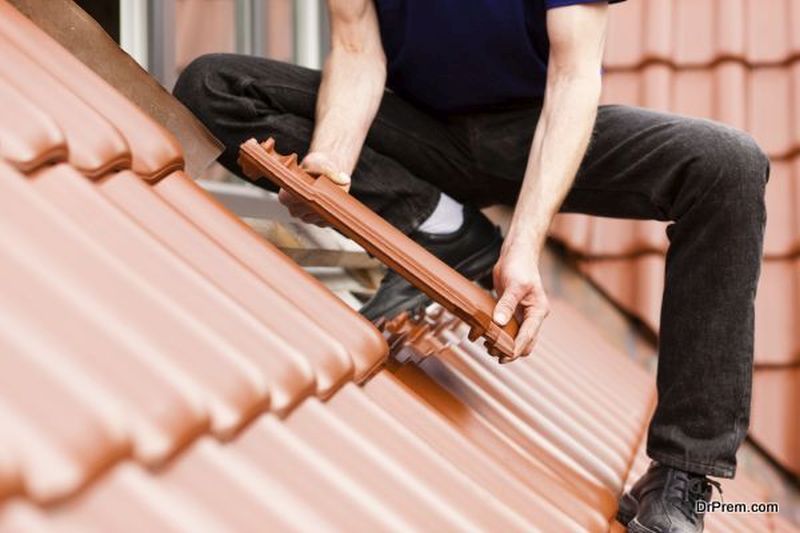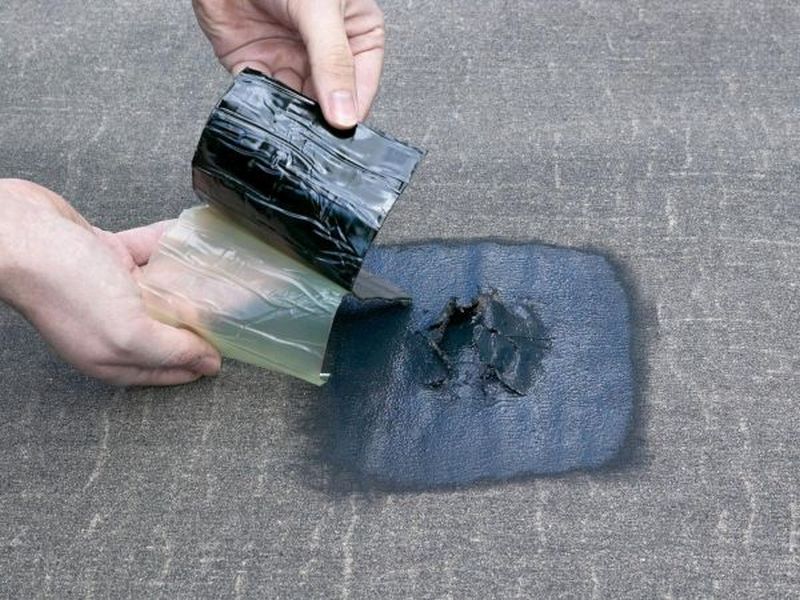Many DIY projects are fun and, for the most part, they won’t put your safety at risk or endanger your life. Putting shelves up in your home, repainting a room or redoing the flooring in the bathroom or kitchen might put you at risk of a couple of cuts and bruises here and there, but it’s unlikely that you’ll experience anything worse. On the other hand, roofing is a little bit different. A DIY roofing project is certainly not an impossible task for many capable homeowners. However, it’s important to ensure that safety is your top priority.
Unlike many other DIY projects, working on your roof can be incredibly dangerous without the right safety equipment and precautions. We’ve put together some top tips to help you ensure that any work you do on your roof is done as safely as possible.
Tip #1. Get the Right Safety Equipment

When it comes to staying safe while working on your roof, every penny that you spend on the right safety equipment is certainly going to be worth it. Since you’re going to be working at height, it’s always better to have as many safety features as you can – you’d rather be safe than sorry. A fall protection harness such as this Harness Land safety harness is an absolute must; this will prevent you from falling off your roof and seriously injuring yourself or worse. You should also seriously consider investing in other safety features such as roof guards and personal protective equipment such as a hard hat.
Tip #2. Dress Correctly

When working on your roof, it’s not just important that you are wearing the right personal protective equipment; the rest of your attire should be suitable for the type of work that you are carrying out. Investing in a sturdy pair of work boots is a good idea.
Steel-toed boots will not only help you get a better grip when standing and walking on your roof; they’ll also protect your feet from anything falling on them, such as roof tiles and other debris that you might encounter up there. You should also bear the weather in mind when choosing what to wear. If it’s warm, stay covered up with loose cotton clothing and ensure you wear plenty of sunscreen. If working on your roof in the winter, protect yourself from the elements with a waterproof outer layer and thermal under-layers. It’s best to stay off your roof in windy conditions.
Tip #3. Get the Right Ladder

Lastly, it’s easy to overlook the risk of accidents happening on your way up and down your roof. Even if you’ve got enough safety equipment to keep you relatively risk-free once you’re on the roof, bear in mind that a high percentage of roofing accidents happen on the ladder while accessing the roof or climbing down. An extension ladder, which safely touches the top of the roof and eliminates the need for you to lean over, is the best choice.
Did you find these tips helpful? Let us know in the comments.
Article Submitted By Community Writer



